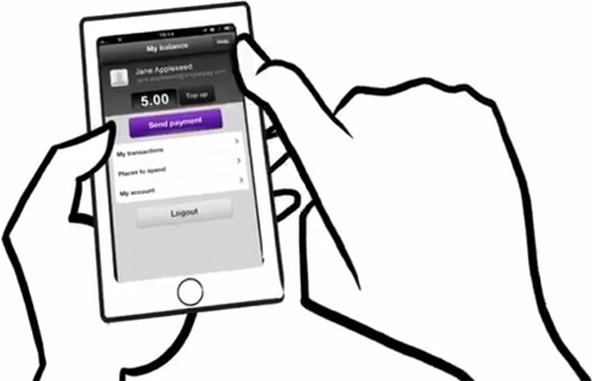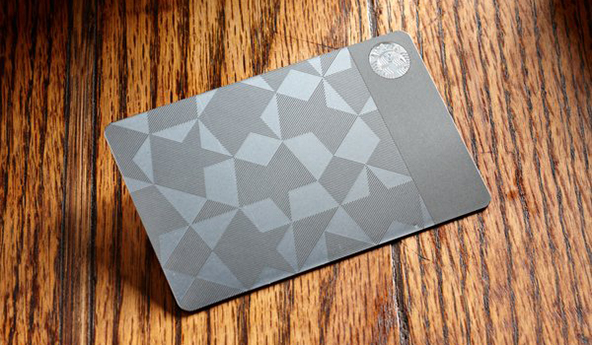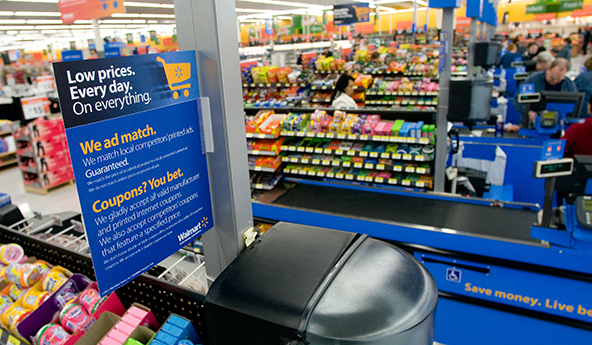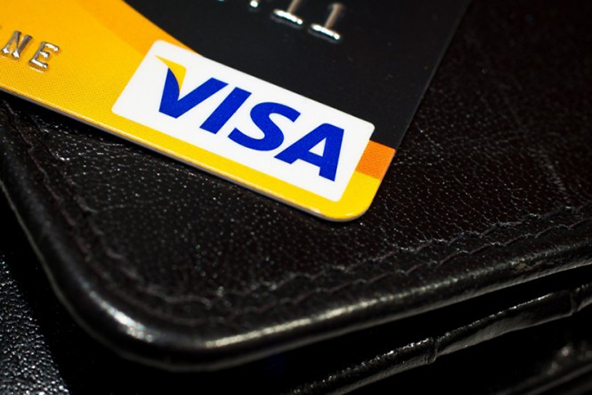Dishing out Mobile Cash, One Droplet at a Time and for Free

This morning my attention was drawn by an amusing catechism posted on E-consultancy.com, which served to introduce to the world a new British mobile payments start-up, called Droplet. It had been a while since I last took a close look at an m-payment newcomer and thought that this one was worth spending some time on, mostly because it exemplifies what seems to be a growing trend toward providing payment services for free on the hope of managing to eventually develop another way to monetize the operation.
I find the soundness of such a business model to be highly suspect and its presentation — more than a bit disingenuous. On the soundness point, there is a simple question that should be asked: why would a business not want to charge a fee for the core service it provides, but choose instead to rely for revenue on supplementary offerings? The most convincing explanation of this shyness that I’ve come across is that, because payment fees have such a bad rap, many start-ups want to keep them at zero, for the sake of coolness. But this is where the disingenuous part comes in. See, as we pointed out in our LevelUp review, the only way to make such a scheme work would be for the start-up to charge a high-enough fee for the supplementary service to be sufficient to make up for the losses generated by providing the primary service for free and for something to be left over as profit. And yes, even cool mobile payments start-ups need to generate profit, or at least their investors certainly do.
What Is Droplet?
Here is how the start-up describes itself on its website:
Droplet is a mobile money app that lets you load cash onto your phone and send payments to anyone for free.
More particularly, the service can be used for two distinct types of payment transactions. The first one is to make person-to-person (P2P) payments:
Send money simply by entering your friend’s email address. If they don’t have Droplet yet, you can send them an invite to sign up.
Droplet’s other use is as a payment method at participating brick-and-mortar retailers (stores, bars, restaurants, etc.):
Pay with your phone quickly and easily by scanning a special bar code with your phone when you reach the till. Use the in-app map to find out where you can pay with Droplet.
How do you load up your Droplet Account and how much does it cost? Here are the start-up’s answers:
We don’t charge anything to add money to your account. You can top up your Droplet account in multiples of £10 using any debit card.
Finally, here is a video of Droplet in action:
So you get the picture. I think the simplest way to think about Droplet is as a way to use cash for payment through your mobile phone, with the added benefit of being able to send it to other people at a distance, both for free.
Does It Make Sense?
OK, now on to the main issue my present exercise aims to address: does Droplet make a sound business sense? To help us answer this question, let’s hear what the start-up has to say about why the world needs it in the first place:
At the moment the world of mobile payments is clumsy and tiresome. Lots of companies are trying to get people to store their credit card details on their phones but this doesn’t really solve a problem for anyone.
Droplet is the first app of its kind that lets you send payments completely outside of the traditional banking and credit card systems. It’s a bit like cash — but digital and mobile. You don’t need to connect your phone to your bank account to use Droplet. Instead you just top up your account via your phone, a bit like you’d draw money out of a cash point.
By doing this Droplet solves a real problem: that of expensive fees for merchants and the inconvenience people face when they can’t send money to their friends easily.
There are a couple of things about this statement that are quite problematic. Firstly, storing credit card details on a mobile phone — into a mobile wallet like Google Wallet or Isis — does offer a solution to a real need: to merge two relatively bulky items — a phone and a wallet that we constantly have to carry on ourselves into one. Now, you can argue how pressing such a need is, but it would certainly be convenient if we no longer had to lug a leather wallet around. Moreover, you could convincingly argue that the need for a Droplet-type of service is no more pressing than the one for a mobile wallet.
Then there is the issue of Droplet being outside of the traditional financial system. That is simply not true: before you could use it, you would need to connect your account to a debit card to load it up with cash. If it were outside the system, Droplet would have found a way to somehow transfer cash directly into its users’ accounts.
But it is the third paragraph that, I think, is the most misleading one. For the fact is that Droplet does not solve the merchants’ problem with “expensive fees”, such as it is. Droplet merely provides an alternative way for its users to pay with cash and cash payments have always been free for merchants to accept. Fees are only applied to card payments, which is not something Droplet facilitates.
On Making Money
Finally, let’s hear what Droplet CTO and co-founder Will Grant has to say, in his interview with E-consultancy.com, on the subject of making money:
Our core service of sending payments will always be free to both users and merchants. Over time we plan to offer value-added services for merchants that let them understand their customers better, offer loyalty and rewards — as well as customise the experience for users.
Vague as he could be. It is very likely that Grant himself has nothing more than a fuzzy idea of what these “value-added services” would look like. But one thing is sure: he will need a solid money-making plan just as soon as can be. See, unlike social media start-ups, payments companies cannot count on getting venture funding in perpetuum, without at some point showing how they would make money to repay the investment — it’s just that they can never hope to be cool enough to get away with it. And money-making is the only thing investors care about.
The Takeaway
I am really struggling to see the point about Droplet. Why would I go into the trouble of transferring funds from my debit card to a phone app? After all, even if I decided not to pay with my credit card, which I usually do for everything, because it generates cash back for me, I could always use cash directly, which I think we all would be carrying on ourselves for a long time to come. On the other hand, if I did want to pay through my mobile phone, I would much prefer using a service that offers more funding options, so that I could choose what the ultimate payment method would be: a credit card, a debit card, bank account, etc. That is what the best of the mobile wallets promise to give us, in addition to participation in things like loyalty programs, and I hope they live up to the expectations. On the other hand, a service built around the idea of making cash payments look a bit fancier than they are falls far short of what is needed.
Image credit: Dropletpay.com.



The vast majority of today’s mobile payment companies will be gone in a few short years and Droplet will be among them.